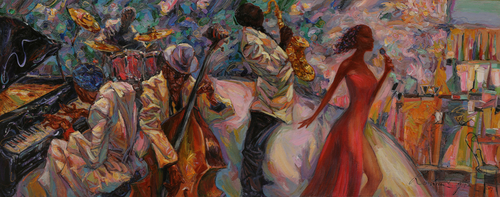A remarkable period in African American History was known as the Harlem Renaissance. This cultural movement, which took place in the 1920s, was a vibrant and transformative period in African American history. It emerged in the heart of New York City, specifically in the neighborhood of Harlem. During this era, African American culture blossomed, making an indelible mark on the nation’s artistic, intellectual, and social landscape.
Spurred by the great migration, the growth of the African American population increased in the northern states. Harlem, New York, became a hub for African American artists, writers, musicians, and thinkers. It was a melting pot of talent and creativity where luminaries like Langston Hughes, Zora Neale Hurston, and Duke Ellington thrived. Their works explored the complexities of race, identity, and the African American experience, leaving an enduring legacy that continues to shape our understanding of culture in America.
The Harlem Renaissance was a time of great artistic innovation, with jazz music taking center stage. Jazz was not only a musical genre but also a symbol of the cultural vitality of the era. Harlem’s nightclubs, Like the Cotton Club, and speakeasies echoed jazz rhythms, attracting black and white audiences and breaking racial barriers through music and dance.
But this artistic and cultural renaissance was more than just entertainment. It was a powerful platform for advocating civil rights and social justice. Many artists and intellectuals of the Harlem Renaissance used their voices and talents to challenge racial inequality, discrimination, and segregation.
Looking back on this extraordinary period in our history, it becomes evident that the Harlem Renaissance was a crucible of creativity, resilience, and activism. It reminds us that art has the power to transcend social boundaries, spark social change, and illuminate the richness of the human experience.
